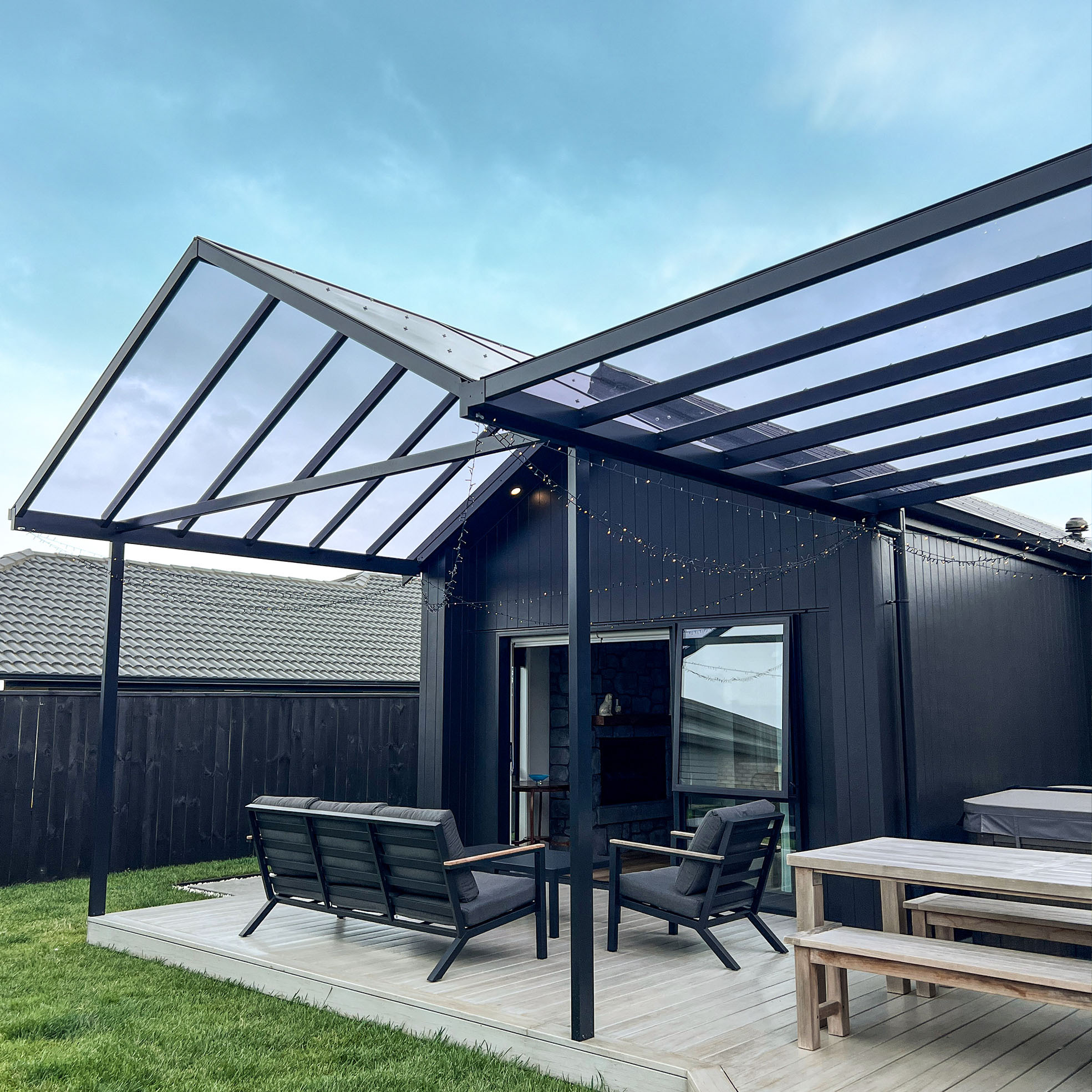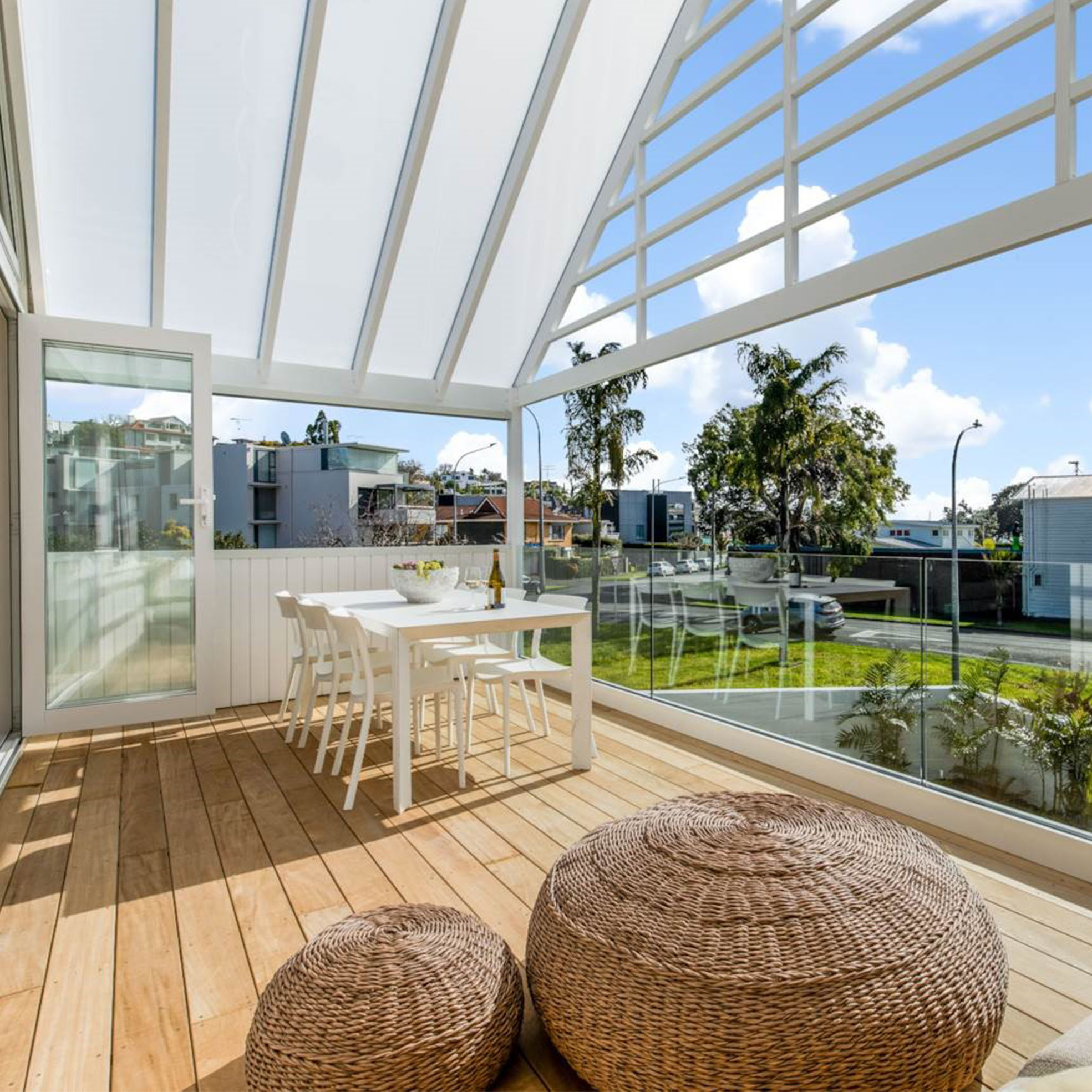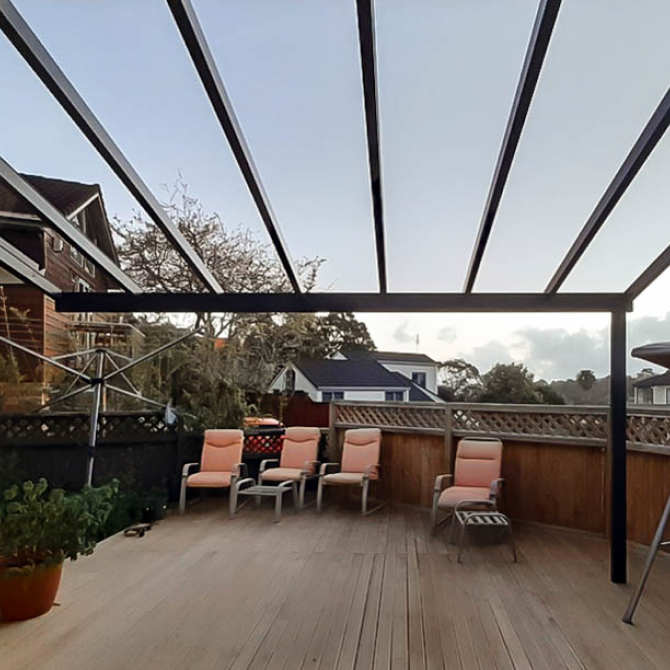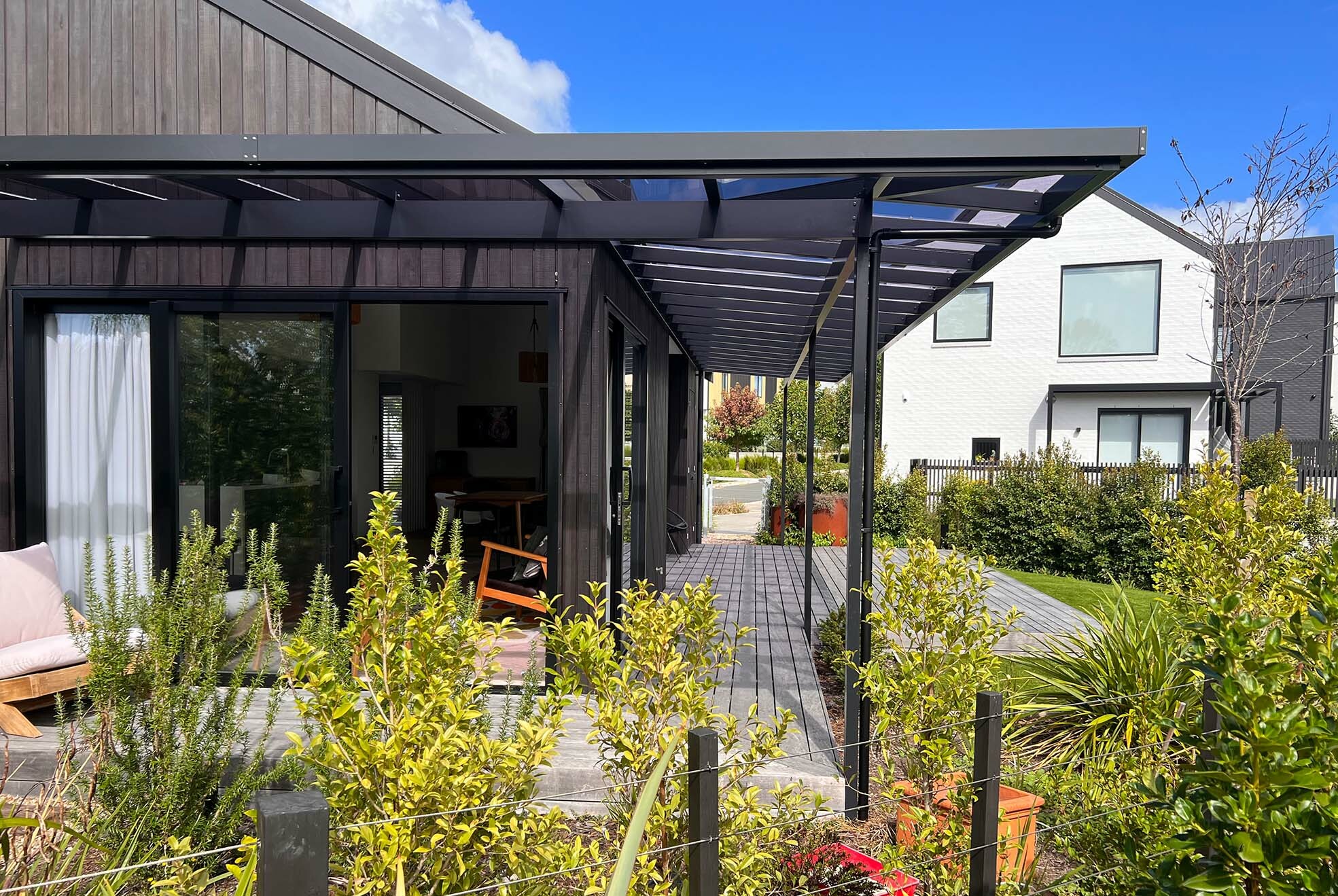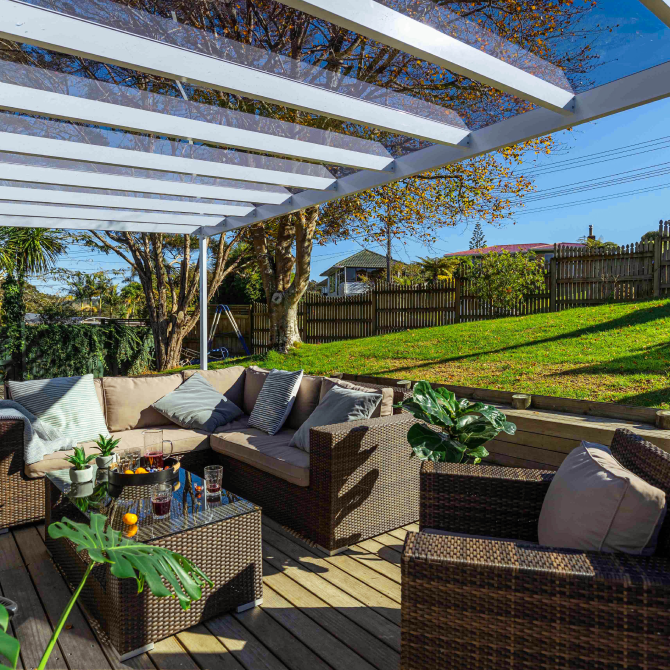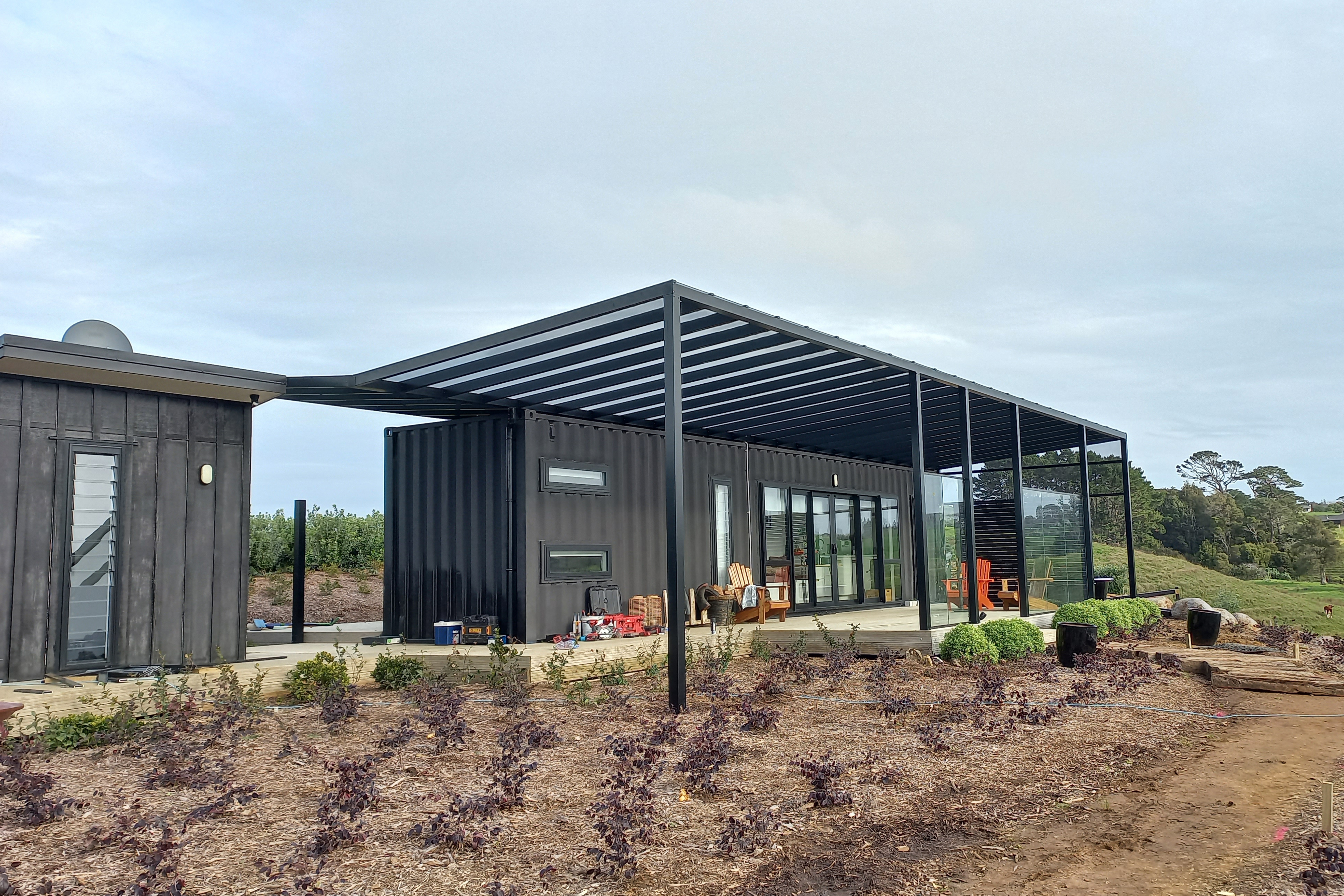The History and Evolution of Pergola Design

Ancient Beginnings
Pergolas have a long history that dates back to ancient times. The first pergolas were used in ancient Egypt and Rome. In Egypt, pergolas were built to provide shade in gardens, using wooden beams covered with vines and plants. These structures offered a cool place to relax away from the hot sun.
In ancient Rome, pergolas were a bit more elaborate. They were often made of stone or brick and adorned with climbing plants like grapevines. Wealthy Romans built pergolas in their gardens to create beautiful outdoor spaces for dining and entertaining guests. The design of these early pergolas focused on blending nature with architecture, creating a seamless transition from indoor to outdoor living.
The Renaissance Revival
Pergolas became popular again during the Renaissance period in Europe, especially in Italy. During this time, people were very interested in art, beauty, and the natural world. Italian gardens featured pergolas as a key element, often built with intricate designs and detailed stonework.
These Renaissance pergolas were used to support climbing plants like roses and wisteria, adding colour and fragrance to the garden. They were also used as pathways or walkways, leading from one part of the garden to another. The design of these pergolas was not only functional but also highly decorative, showcasing the skill and creativity of the builders.
Modern Pergolas
Today, pergolas have evolved to fit modern tastes and needs. While they still serve the purpose of providing shade and beauty, the materials and designs have changed a lot. Modern pergolas are often made from materials like metal, vinyl, and even fibreglass, which are durable and require less maintenance than wood.
The design of modern pergolas is also more varied. Some pergolas have sleek, minimalist designs that fit well with contemporary homes. Others are designed to look more traditional, with intricate details and classic shapes. Pergolas can be attached to a house or stand alone in a garden, providing a versatile solution for outdoor living spaces.
Another modern twist on pergolas is the addition of features like retractable canopies, built-in lighting, and even heating elements. These additions make pergolas more comfortable and usable year-round, no matter the weather. The evolution of pergola design reflects our changing lifestyles and the desire to create functional, stylish outdoor spaces.
Pergolas Around the World
Pergolas are popular in many parts of the world, and their design can vary depending on the culture and climate. In Mediterranean countries, pergolas are often covered with grapevines or bougainvillaea, creating a lush, colourful canopy. In Japan, pergolas are used in traditional gardens, often supporting wisteria or other flowering vines, adding to the garden's serene beauty.
In Australia and New Zealand, pergolas are a common feature in backyard designs. They are often used to create shaded areas for outdoor dining and entertaining. The designs here can range from simple and functional to elaborate and decorative, depending on personal taste and the surrounding landscape.
The Future of Pergola Design
As we look to the future, pergola design continues to evolve. Sustainability is becoming a key focus, with more people choosing eco-friendly materials and incorporating green technologies. For example, some pergolas are now built with solar panels that provide power for outdoor lighting and other features.
Smart technology is also making its way into pergola design. Imagine a pergola with built-in sensors that adjust the canopy based on the weather or the time of day. These innovations make outdoor living even more enjoyable and convenient.
The history and evolution of pergola design show how these structures have changed over time to meet our needs and tastes. From ancient Egypt to modern homes, pergolas have always been a way to bring beauty and functionality to outdoor spaces. As we continue to innovate, pergolas will likely remain a beloved feature in gardens and yards around the world.


